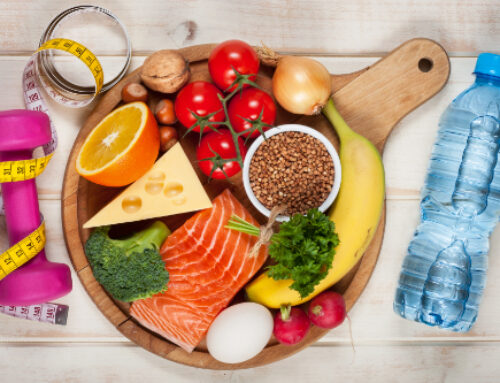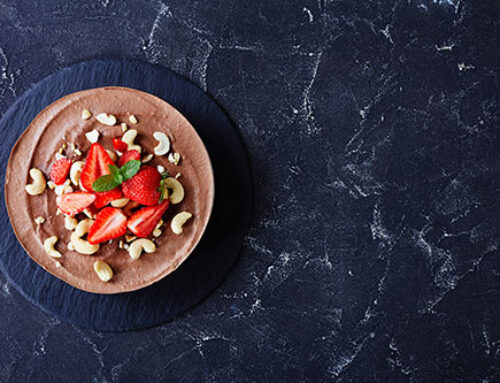I was in my 30s before I started eating vegetables that weren’t corn or potatoes. I’d always heard about the virtues of leafy greens, but what that even was escaped me. It sounded a lot like the makings of a salad, and I didn’t really understand or care to find out what else could fall into the “leafy greens” category. Then, as I aged, my dietary habits began to catch up to me and, as fate would have it, there really are a lot of benefits to consuming foliage.

Can You Use That in a Sentence?
It turns out I was correct in my assessment. Leafy greens are mostly what they sound life, the stuff salads are made of. Lettuces like romaine and butter all make the list of leafy greens. Also included are Spinach, mustard greens, and kale. Some hearty veggies like brussels sprouts, broccoli, and cabbage also fall into that category, and are pretty tasty when oven blasted. It was Ina Garten’s recipe for roasted brussels sprouts that made me start my love affair with the tiny cabbage-like wonder food. In fact, before trying her recipe, I’d never found any cooked green vegetable palatable at all. I use her method to roast up all my veggies now.
Benefits You Say?
USDA Agriculture Research Service gushes about leafy greens, writing they’re full of vitamins and antioxidants and they “also contain high levels of fiber, iron, magnesium, potassium and calcium. Furthermore, greens have very little carbohydrates, sodium and cholesterol.” Marisa Moore, Dietitian Nutritionist writes “vegetables such as kale, collards and cabbages are natural defenders recognized for their potential roles in cancer prevention. Kale, spinach and turnip greens are high in lutein, a phytochemical that may reduce the risk of age-related macular degeneration.” She goes on to recommend we consume “at least 1½ cups of dark green vegetables per week, so enjoy them frequently. But because of their high vitamin K content, large amounts of leafy greens may interfere with the effects of blood thinners like warfarin. Anyone taking these medications should consult with a doctor or registered dietitian nutritionist.”

You’re Not into Green Things?
If you’re like I used to be and you frequently describe vegetables as rabbit food unworthy of your consumption, go ahead and give them another shot. Just hear me out. Many of us have only experienced these foods as mushy blobs, plopped on our plates after being boiled into a light green oblivion by some old-fashioned cook who did not have his or her finger on the pulse of mouth feels or taste buds. The Ina Garten roasting method is great for meatier vegetables, but if you’re looking for appetizing approaches to get your daily dose of the leafier variety of leafy greens, Juliette Steen at HuffPost has listed five ways “to make dark leafy greens not taste like dirt.” She adds, none of the methods “involve kale juice.” Her suggestions are versatile and great for beginners. She writes, “If eating a bowl or plate of greens is still too much, add small amounts to your sandwiches and wraps. Start with the dark lettuces, rocket and baby spinach, and work your way up to adding wilted kale or sauteed broccolini.”
We know leafy greens pack a healthy punch of vitamins and fiber. Ditch the more nutritionally devoid foods and give them a go.





Very Interesting Piece
the greens made me hungry
Cold crisp greens are the best